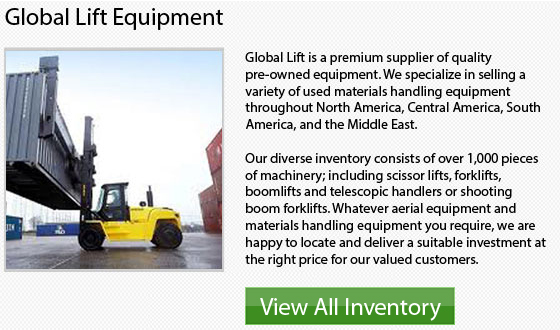
There are 7 different classes of lift trucks available on the market. Several categories, like I, II, III and IV are particularly engineered and designed for use indoors on smooth surfaces. They might be selected for specific factors of recycling that occur in those kinds of environments. For more intensive outdoor recycling applications, Class VII and V forklifts are normally used.
Lots of companies have some or all of their applications outside and have to handle workloads considered extreme. Their lift truck selection would gravitate toward IC or Internal Combustion machines in Class V and Class VII. These models work really well in any type of climate and have a sufficient amount of power to run heavy items during the course of a shift.
Using a lift truck safely is a different essential factor to take into consideration. Understanding and acknowledging the center of gravity is vital when operating a forklift, specifically while traveling on uneven terrain. Knowing the stability triangle in these difficult work situations is imperative as well.
Often, warehouses may utilize various kinds of reach trucks. Some manufacturing operations and the supply area for many textile firms also rely on different models. Utilizing a reach truck to store finished goods on pallets, a range of supplies and other pieces of machines is common. These equipment help in keeping a facility organized and allow them to use the maximum amount of area by stacking vertically. Reach trucks are fairly easy to use. They could help make better use of both available storage area and time.
It is extremely better to buy a new forklift if you are going to need the lift truck for 4 to 8 hours per day. With such continuous use, the warranty alone could come in handy. If, on the other hand, you are just unloading and loading not really often or on a bi-weekly basis, then a used unit may be suitable for your requirements. Every situation is different and you should assess your personal requirements prior to picking a suitable machine.